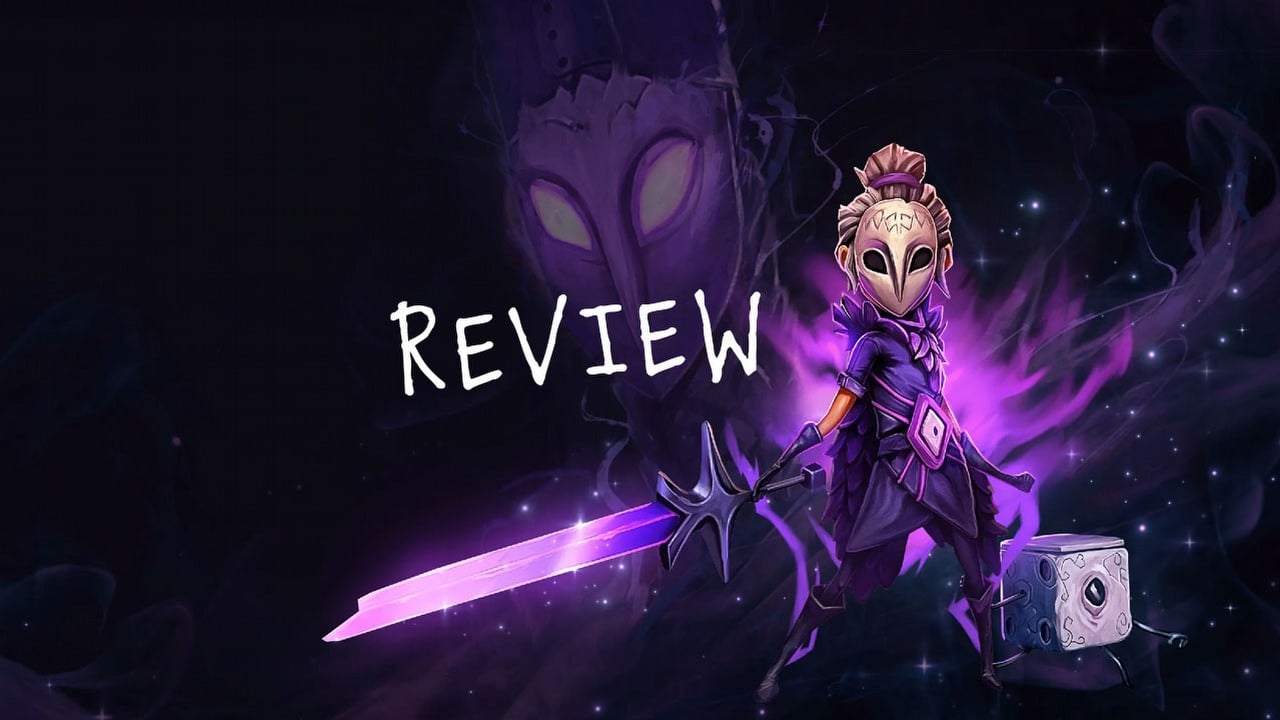
Lost in Random: The Eternal Die” presents an innovative twist to the original “Lost in Random”, introducing roguelite gameplay mechanics where you assume the role previously held by the game’s antagonist. Players of other popular action roguelites, such as “Hades”, will find a sense of familiarity in the general gameplay and progression, but “The Eternal Die” infuses unique elements inspired by its dark gothic fantasy setting, featuring distorted versions of classic games like chess, dice, and others.
In my previous post about a month ago, I discussed the distinct features between roguelites and roguelikes in video games. While I’m not an ultimate authority on game genres, I can provide one perspective. Roguelikes don’t offer any form of progression between playthroughs, whereas in a roguelite, players can enhance their chances on each subsequent attempt by boosting health, stats, or unlocking new and stronger abilities. The allure of a roguelike lies in the fact that every gameplay session has an equal chance of success, from the initial one to the last. It’s largely about luck, understanding the game, and practice. A roguelite can be enjoyable, but it demands more patience and careful balancing. Initially, a roguelite might seem challenging due to limited upgrades, but it can still provide a sense of progression if the overall design is well-balanced.
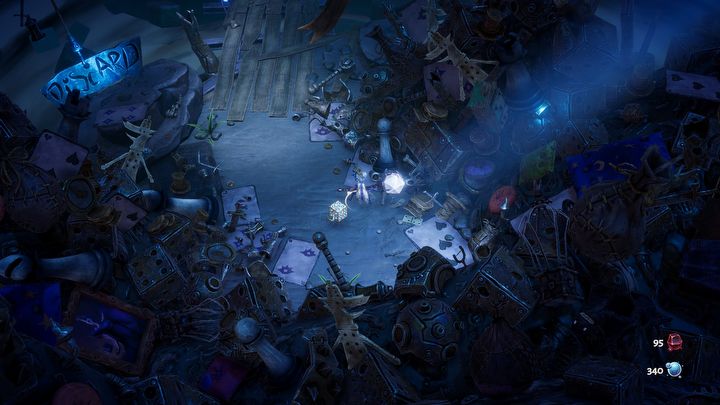
In contrast to being categorized as a traditional roguelike, “Lost in Random: The Eternal Die” is a roguelite. The initial stages of the game can be quite tough and frustrating for players, requiring multiple attempts to grasp the mechanics and accumulate some upgrades before encountering the first boss becomes routine. However, perseverance during these early hours is rewarded as the game boasts an intricately designed world, intelligent mechanics, and fulfilling combat sequences. It’s a game that offers value regardless of whether you’re already familiar with the genre or not.
It’s All One Big Game
In “The Eternal Die,” everything is part of a grand game. You’re not just playing a video game yourself, but the character, Aleksandra, realizes she’s in a game too. Mare the Knight has confined her within a distorted landscape of memories. Despite her attempts to escape, if she fails, he’ll return her to her predicament. He thrives on her fury, despair, and helplessness. It’s quite characteristic of a malevolent character from this world to devise such a game for the torment of his prisoners.
Beyond this point, the gameplay goes even deeper. During each playthrough, you’ll encounter diverse items offering passive advantages. Such features are common in roguelites, but The Eternal Die distinguishes itself through its unique inventory system. Initially, your inventory is blank, and each item carries up to three colors that represent different stats like weapon power, dice damage, or additional abilities. At first glance, these colors may seem insignificant, but arranging three identical items in a row awards a 50% boost to the corresponding stat. This match-three mini-game of inventory management introduces an additional layer of puzzle and strategy to what could merely be picking the strongest item.
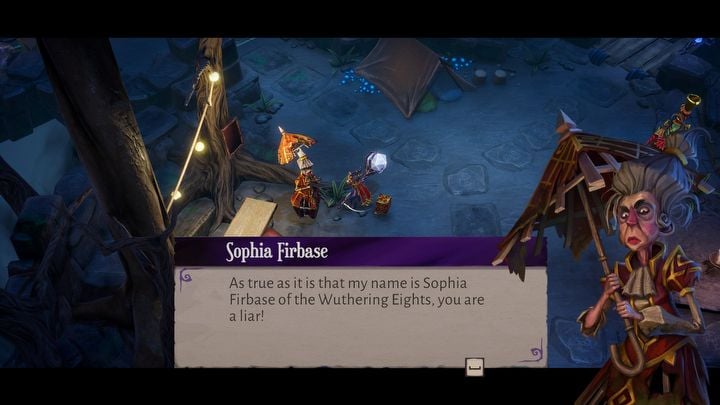
Ultimately, during every playthrough, you’ll stumble upon various rooms randomly. You have the freedom to decide which rooms to investigate and the sequence in which to do so. Many of these rooms are filled with adversaries, but there are alternatives such as a store, a mini-boss encounter, or a mini-game. There are several different games available. One involves rolling dice, where a higher number means a tougher challenge, but also a greater reward. Another resembles a traditional board game, where you move a piece along a track and receive rewards for each space you land on. The idea of playing a game, within another game, within yet another game, is not lost on me. The Eternal Die does not hesitate to showcase its imaginative world design, as almost everything is somehow connected to a game.
Hedge Your Bets
In the game Lost in Random: The Eternal Die, there are multiple methods to inflict damage. Initially, you wield a standard weapon, but over time, you can unlock four additional options: the Bow, the Hammer, the Lance, and another sword. Each one has unique advantages and disadvantages, yet I’ve always found the hammer particularly appealing due to its resemblance to a twenty-sided die, which reminds me of my love for Dungeons & Dragons.
Following you outside of battle, Fortune serves as your comrade. However, in combat, she becomes an attached accessory, staying by your side like a backpack. To engage Fortune in a fight, fling her into the action. The higher the roll, the more damage she inflicts over a wide area. Yet, during combat, you’ll need to approach Fortune to pick her up again before you can use her abilities. Artifacts frequently introduce additional effects on specific dice rolls. One I encountered added burn damage whenever a one or two is rolled, making the pain of low rolls slightly less harsh.
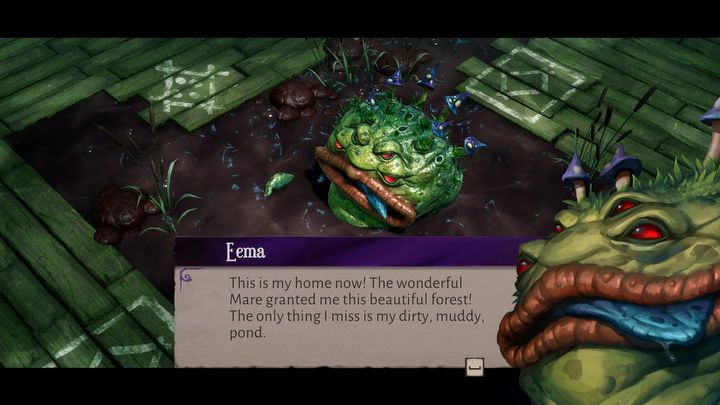
In each world, there’s usually a single room where you can exchange your current card for another one at random. These cards come with both standard and exceptional abilities. To trigger the exceptional ability, press and hold the button at the right instance. This could result in additional damage, extra projectiles, or other beneficial side effects.
In my approach, I’ve opted to hone my skills with Fortune and standard weapon attacks, so I frequently select artifacts that boost these abilities whenever possible. The Eternal Die, being based on unpredictability, mirrors Aleksandra’s random nature. However, you can minimize risks. Although you can’t accurately predict a dice roll, you can ensure that even the lowest rolls still yield some benefits for you.
- Clever upgrade management minigame;
- challenging but satisfying action;
- expands upon a unique world created for the original.
CONS:
- Runs can get repetitive, especially later on in the game;
- the story can be somewhat disjointed in its delivery;
- won’t be the “sequel” some fans might be looking for.
Practice Makes Perfect
As a dedicated gamer immersed in the captivating realm of Lost in Random: The Eternal Die, I must admit one aspect that could use a tweak is the repetition inherent in its gameplay loop. Initially, when I vanquished the initial boss, I held hope it would mark a checkpoint, signaling a fresh start from the second world in my subsequent endeavors. Regrettably, each new attempt commences in the first world. While this wouldn’t be a significant hindrance during the early stages, after investing countless hours, the predictability begins to wear thin on my gaming experience.
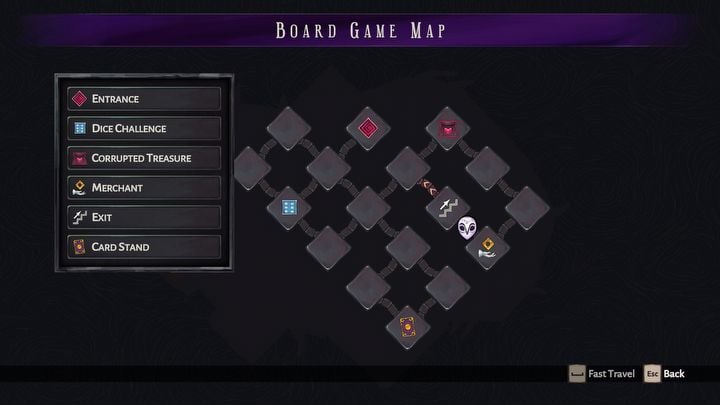
In each playthrough, the maps change dynamically, making every new adventure unpredictable. Artifacts and cards add an exciting twist to combat encounters, but as games progress, they can feel repetitive. Even though the initial boss has distinct attack patterns, repeatedly facing it in every round can get tiresome. What’s more frustrating is having to restart from scratch after making significant progress on a run. I suppose this design choice was meant to mimic the antagonist’s manipulation and our growing feelings of frustration and despair. However, if each run provided a fresher experience instead of retracing similar paths, the game might be more engaging, as it seems we’re both experiencing the same emotional torment from the same adversary.
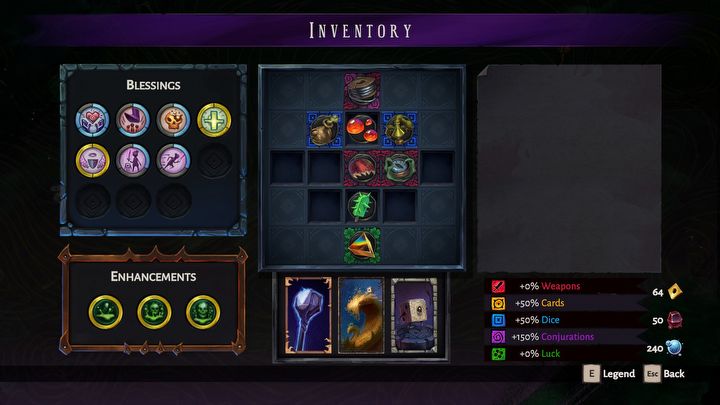
From a fan’s perspective, exploring “The Eternal Die” can sometimes feel fragmented. The narrative unfolds in scattered instances and dialogues, not always following the conventional, sequential path. And remarkably, each playthrough offers distinct experiences while keeping the fundamental mechanics consistent – a cycle that must be repeated time and again. It’s plausible to suggest that this design choice is intentional for the game, but it may drive some players away from completing it due to its unconventional approach.
Final Thoughts
This new game, “The Eternal Die,” is quite distinct from the initial “Lost in Random.” For those eagerly anticipating a true sequel, they may be disappointed with
Lost in Random: The Eternal Die” boasts an impressive visual style. This game expands and immerses you into the whimsical universe introduced in its predecessor. All Non-Player Characters are distinct, endearing, and enjoyable to converse with. The fact that every line is voiced adds depth to the experience. However, the most striking aspect might be the inventory management match-three puzzle that requires exploration during each playthrough with the artifacts. I hope other roguelites adopt this idea. Despite some flaws, “Lost in Random: The Eternal Die” is worth your attention. It has the potential to become your newest roguelite fixation.
Read More
- Who Is Harley Wallace? The Heartbreaking Truth Behind Bring Her Back’s Dedication
- 50 Ankle Break & Score Sound ID Codes for Basketball Zero
- Lost Sword Tier List & Reroll Guide [RELEASE]
- Basketball Zero Boombox & Music ID Codes – Roblox
- 50 Goal Sound ID Codes for Blue Lock Rivals
- KPop Demon Hunters: Real Ages Revealed?!
- The best Easter eggs in Jurassic World Rebirth, including callbacks to Jurassic Park
- 100 Most-Watched TV Series of 2024-25 Across Streaming, Broadcast and Cable: ‘Squid Game’ Leads This Season’s Rankers
- Umamusume: Pretty Derby Support Card Tier List [Release]
- Summer Games Done Quick 2025: How To Watch SGDQ And Schedule
2025-06-17 15:32